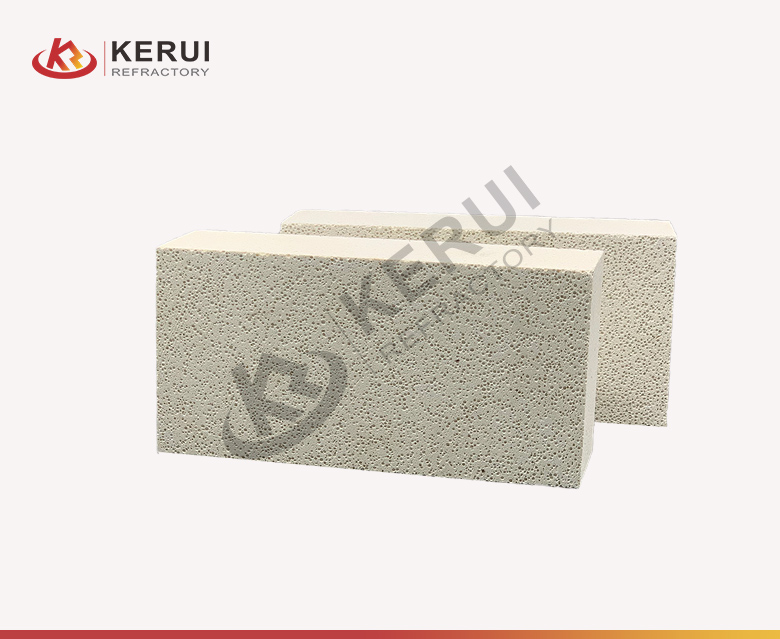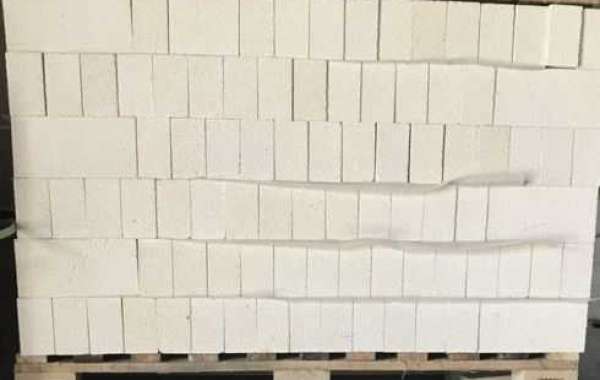Mullite insulation bricks are a type of refractory material that are widely used in high-temperature applications. They are known for their excellent thermal insulation properties, low thermal conductivity, and high resistance to heat and corrosion. Mullite insulation fire bricks are made from a combination of mullite, a mineral with the formula 3Al2O3·2SiO2, and other inorganic materials. They are typically lightweight and have a porous structure, which helps to further reduce their thermal conductivity.

Advantages of Mullite Insulation Bricks
There are many advantages to using mullite insulation bricks, including:
- Excellent thermal insulation properties: Mullite insulation bricks have a low thermal conductivity, which means that they are very effective at preventing heat transfer. This makes them ideal for use in applications where it is important to keep heat in or out, such as furnaces, kilns, and incinerators.
- High resistance to heat and corrosion: Mullite insulation bricks can withstand high temperatures and are resistant to a wide range of chemicals. This makes them suitable for use in harsh environments, such as those found in the chemical and petrochemical industries.
- Lightweight: Mullite insulation bricks are lightweight, which makes them easy to handle and install. This can also help to reduce the overall weight of a furnace or kiln, which can save on construction costs.
- Durable: Mullite insulation bricks are durable and can last for many years under even the most demanding conditions.
- Environmentally friendly: Mullite insulation bricks are made from natural materials and are recyclable. They are also non-toxic and do not emit any harmful fumes.
Applications of Mullite Insulation Bricks
Mullite insulation bricks are used in a wide variety of applications, including:
- Furnaces and kilns: Mullite insulation bricks are commonly used in furnaces and kilns to keep heat in and improve thermal efficiency. This can save energy and reduce fuel costs.
- Incinerators: Mullite insulation bricks are used in incinerators to line the combustion chamber and protect the outer walls from the high temperatures. They are also used to control the flow of air and gases within the incinerator.
- Power plants: Mullite insulation bricks are used in power plants to insulate boilers and other heat exchangers. This helps to improve the efficiency of the power plant and reduce emissions.
- Chemical and petrochemical plants: Mullite insulation bricks are used in chemical and petrochemical plants to line reactors, vessels, and pipes. They are also used to insulate storage tanks and other equipment.
- Metallurgical industry: Mullite insulation bricks are used in the metallurgical industry to insulate furnaces, ladles, and other equipment. They are also used to control the flow of molten metal.
Conclusion
Mullite insulation bricks are a versatile and valuable material that can be used in a wide variety of applications. They offer a number of advantages over other types of insulation materials, including excellent thermal insulation properties, high resistance to heat and corrosion, and long service life. If you are looking for a high-quality, durable, and environmentally friendly insulation material, mullite insulation bricks are a great option to consider.
In addition to the points listed above, here are some other potential benefits of using mullite insulation bricks:
- They can help to reduce noise levels in industrial settings.
- They can improve the safety of workers by reducing the risk of burns.
- They can help to extend the life of equipment by protecting it from the damaging effects of heat and corrosion.
Overall, mullite insulation bricks are a valuable asset to any industrial operation. They can help to save energy, improve efficiency, and reduce costs.








